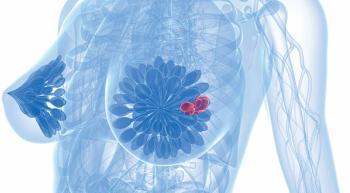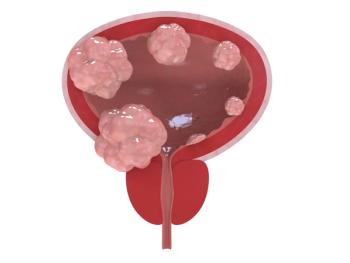
Oncology NEWS International
- Oncology NEWS International Vol 6 No 6
- Volume 6
- Issue 6
New Cancer Websites, New Features Join the Information Highway
WASHINGTON--Cancer advocacy groups, institutions, publishers, and professional organizations are rapidly making the World Wide Web a major source of cancer and other health-related information.
WASHINGTON--Cancer advocacy groups, institutions, publishers, and professionalorganizations are rapidly making the World Wide Web a major source of cancerand other health-related information.
A new government web site called "healthfinder" (
The full text of all manuscripts in the American Cancer Society journalCancer is now available on-line free of charge until August 31,1997, at
George Washington University Medical Center's 1997 Frontiers in BiomedicineGrand Rounds lectures are available on GlaxoWellcome Healthcare Education'sHELIX site at
The Oncology Nursing Society has added an oncology news applicationto its website (
Finally, additional features are being added to PRR Inc.'s Cancer InformationNetwork site (
Articles in this issue
over 28 years ago
Studies of Counselings' Impact on Survival Challengedover 28 years ago
Telomerase Activity Potential Marker for Bladder Cancerover 28 years ago
Writing Genetic Testing Guidelines Complex Endeavorover 28 years ago
AACR Meeting Sees Growth Spurt in Telomerase Researchover 28 years ago
DDT Appears to Activate Human Estrogen Receptorsover 28 years ago
Studies Highlight Role of bcl-2 Gene in Programmed Cell Deathover 28 years ago
Efficacy of BCG Maintenance in Bladder Cancer Is Confirmedover 28 years ago
Surgery Seen as Adjunct to Chemo in Some Invasive Breast Cancersover 28 years ago
Traveling Exhibit of Cancer Educational ResourcesNewsletter
Stay up to date on recent advances in the multidisciplinary approach to cancer.
















































































